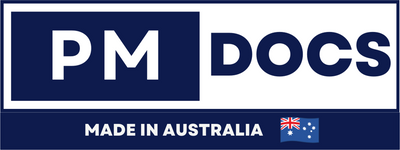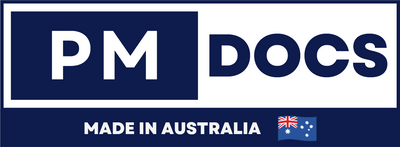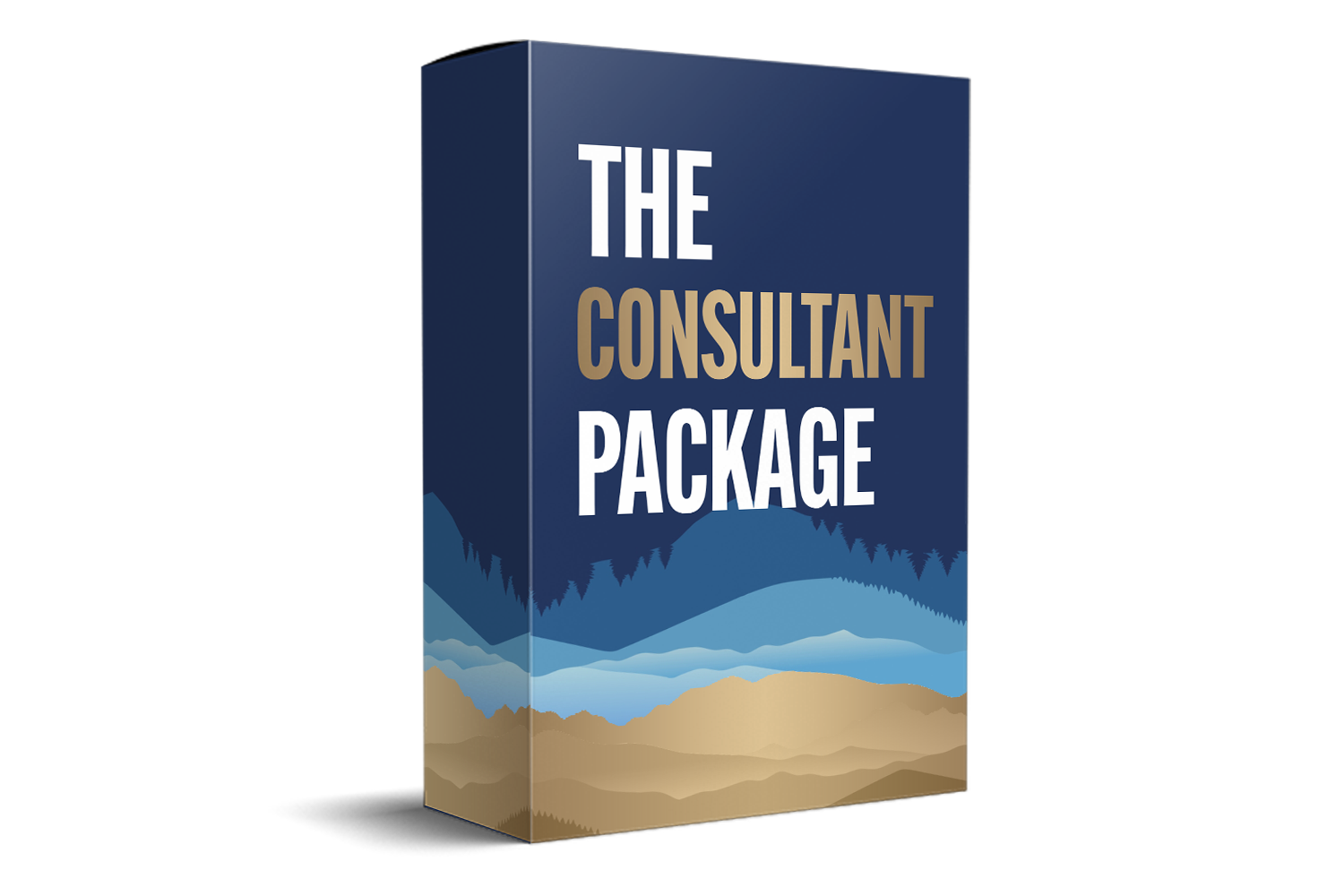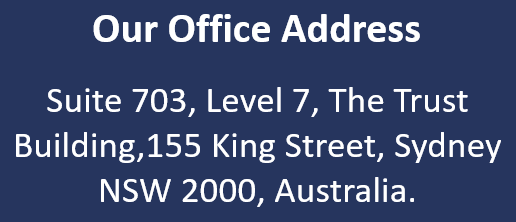Understanding SOC 2 Cost And Timeline For Companies In Australia
Introduction
In today's digital world, ensuring the security and privacy of data is paramount for businesses, especially those handling sensitive information. With increasing data breaches and cyber threats, stakeholders are more concerned than ever about how companies manage their data. Achieving SOC 2 compliance is a significant step toward demonstrating a company's commitment to data protection. This compliance not only boosts client confidence but also enhances the organization's reputation in the marketplace. However, many businesses in Australia are often concerned about the costs and timeline associated with obtaining a SOC 2 report. In this article, we will break down the SOC 2 audit cost, explore the factors that influence the timeline, and provide insights into what Australian businesses can expect throughout the process.

Understanding SOC 2 Audit Costs
The cost of a SOC 2 audit in Australia can vary widely, depending on several factors. Here, we will break down the primary components that contribute to the overall cost:
1. Size and Complexity of the Organization
The size and complexity of your organization play a significant role in determining the cost of a SOC 2 audit. Larger organizations with more intricate systems and processes will typically incur higher audit costs. This is because auditors need to spend more time assessing and testing the various controls in place. Furthermore, the diversity of services offered by the organization can also affect the complexity and cost of the audit. For instance, a company offering multiple services across different platforms may require a more detailed examination, thus increasing the overall audit expenditure.
2. Scope of the Audit
The scope of the SOC 2 audit also impacts the cost. Businesses can choose between a Type I and Type II audit. A Type I audit evaluates the design of controls at a specific point in time, while a Type II audit assesses the operational effectiveness of those controls over a period, usually six to twelve months. A Type II audit is more comprehensive and, therefore, more expensive. The choice between these audits depends on the business's objectives and the level of assurance required by clients. Moreover, expanding the scope to cover additional principles beyond the core security principle can also increase costs, but it provides a more robust assurance to stakeholders.
3. Pre-Audit Preparation
Before engaging in a SOC 2 audit, businesses need to invest time and resources in pre-audit preparation. This includes identifying gaps in existing controls, implementing necessary improvements, and documenting processes. Engaging a consulting firm to assist with this preparation can add to the overall cost but can also streamline the process and enhance the chances of a successful audit. The pre-audit phase is crucial for laying a solid foundation for the audit and can significantly impact the timeline and outcome. Additionally, thorough preparation can mitigate the risk of unexpected findings during the audit, which could otherwise lead to additional corrective actions and expenses.
4. Auditor Fees
The fees charged by auditors can vary based on their expertise, reputation, and location. In Australia, businesses should expect to pay anywhere from AUD 10,000 to AUD 50,000 or more for a SOC 2 audit. It is essential to choose a reputable audit firm with experience in SOC 2 assessments to ensure a thorough and credible evaluation. While the cost may seem high, investing in a skilled auditor can provide invaluable insights and ensure compliance with all necessary standards. Companies should consider the auditor's track record and client testimonials as part of their selection criteria to ensure a smooth and effective audit process.
Factors Influencing The Timeline
The timeline for achieving SOC 2 compliance in Australia can vary, but several factors play a crucial role in determining how long the process will take:
1. Initial Assessment
The first step in the SOC 2 compliance journey is conducting an initial assessment. This involves evaluating existing controls and identifying areas that require improvement. The time taken for this step depends on the organization's readiness and the complexity of its systems. Organizations with well-documented processes and robust internal controls may find this phase less time-consuming. On the other hand, those with fragmented systems or lacking documentation might need more time to identify and address gaps before moving forward with the audit.
2. Implementation of Controls
Once the initial assessment is complete, businesses need to implement or enhance the necessary controls to meet SOC 2 requirements. Depending on the gaps identified, this phase can take anywhere from a few weeks to several months. It is crucial to allocate sufficient time for thorough implementation to ensure the effectiveness of controls. This phase often involves cross-departmental collaboration to ensure all aspects of data management and security are adequately addressed. Additionally, organizations should consider conducting internal audits during this phase to ensure that newly implemented controls are functioning as intended.
3. Audit Duration
The duration of the actual SOC 2 audit depends on the scope chosen. A Type I audit typically takes a few weeks, while a Type II audit can span six to twelve months. The timeline may also vary based on the availability of auditors and the complexity of the organization's systems. Organizations should plan for potential delays and allocate resources accordingly to avoid disruptions. Efficient scheduling and clear communication with the audit firm can help manage expectations and keep the process on track.
4. Reporting and Remediation
After the audit is completed, the auditing firm will prepare a report detailing their findings. If any deficiencies are identified, businesses may need additional time to address these issues and undergo a re-audit to achieve compliance. This remediation phase is critical, as it involves making necessary changes to meet the SOC 2 standards. Organizations should prioritize addressing high-risk findings promptly to avoid compliance delays. Engaging with the auditors during the remediation process can provide clarity on expectations and help streamline the path to compliance.
Tips For A Smooth SOC 2 Compliance Journey
To ensure a smooth and efficient SOC 2 compliance journey, Australian businesses should consider the following tips:
1. Plan Ahead
Start the SOC 2 compliance process well in advance of any client or regulatory deadlines. Adequate planning allows time for thorough preparation and implementation of controls, reducing the risk of last-minute rushes and potential setbacks. Early planning also provides opportunities to allocate resources more effectively and manage costs. By anticipating challenges and setting realistic timelines, organizations can ensure a more predictable and manageable compliance journey.
2. Engage Experienced Professionals
Consider engaging experienced consultants or audit firms to guide you through the SOC 2 compliance process. Their expertise can help identify potential challenges early on and streamline the journey to compliance. Professionals with industry-specific experience can provide tailored advice and insights, enhancing the efficiency and effectiveness of the compliance process. Moreover, their guidance can help avoid common pitfalls and ensure that all necessary requirements are met in a timely manner.
3. Foster a Culture of Security
Promote a culture of security within your organization by educating employees about the importance of data protection and the role they play in maintaining compliance. This can lead to better adherence to security protocols and a smoother audit process. Regular training sessions and awareness programs can reinforce the importance of security and ensure that all employees understand their responsibilities. A security-conscious culture not only supports compliance efforts but also enhances overall organizational resilience against data breaches.
4. Continuous Monitoring
SOC 2 compliance is not a one-time achievement but an ongoing commitment. Implement continuous monitoring practices to ensure that controls remain effective and aligned with evolving security standards. Regular reviews and updates to controls can help organizations adapt to changes in the threat landscape and maintain compliance over time. Leveraging technology and automation tools can facilitate continuous monitoring efforts, providing real-time insights into security posture and potential vulnerabilities.
Conclusion
Achieving SOC 2 compliance in Australia requires a clear understanding of the associated costs and timelines. While the journey may seem daunting, it is a valuable investment in building trust with clients and safeguarding sensitive data. By considering the factors outlined in this article and following best practices, businesses can navigate the SOC 2 compliance process successfully and demonstrate their commitment to data security. Ultimately, SOC 2 compliance not only enhances a company's competitive edge but also fosters long-term relationships with clients who value data integrity and security.




